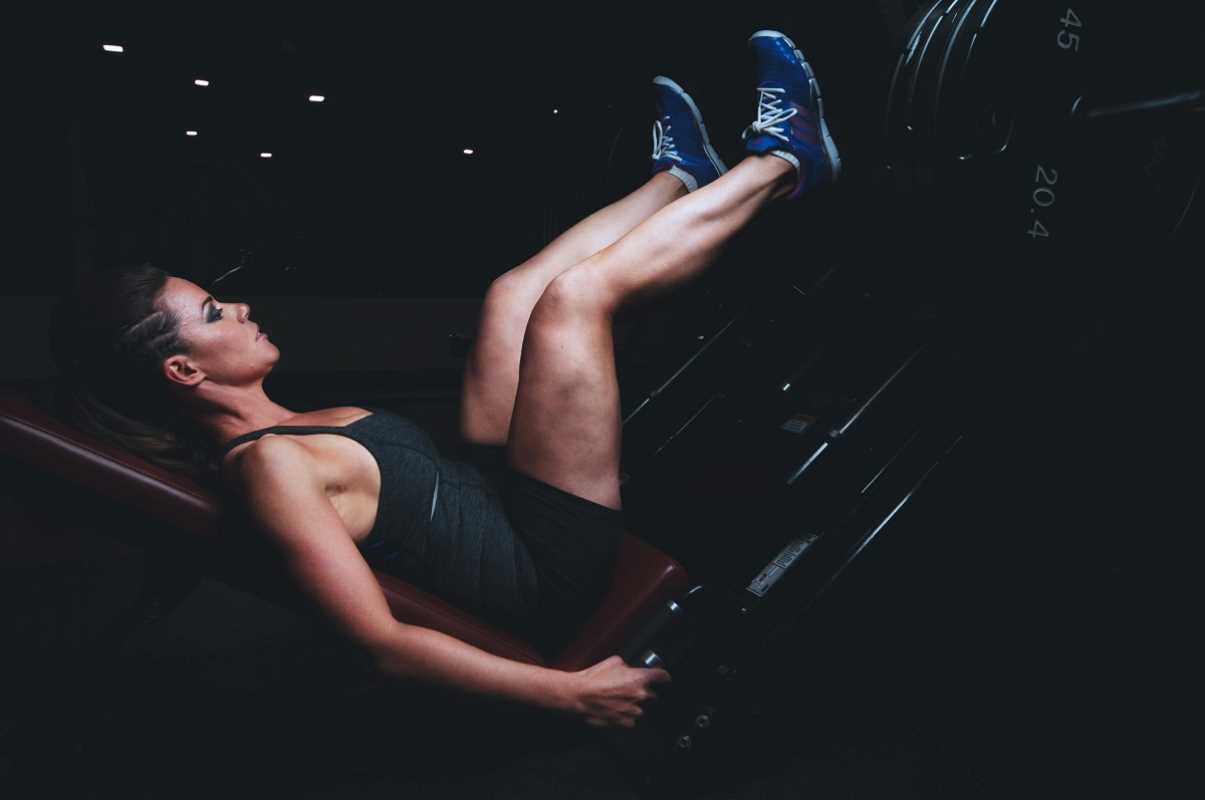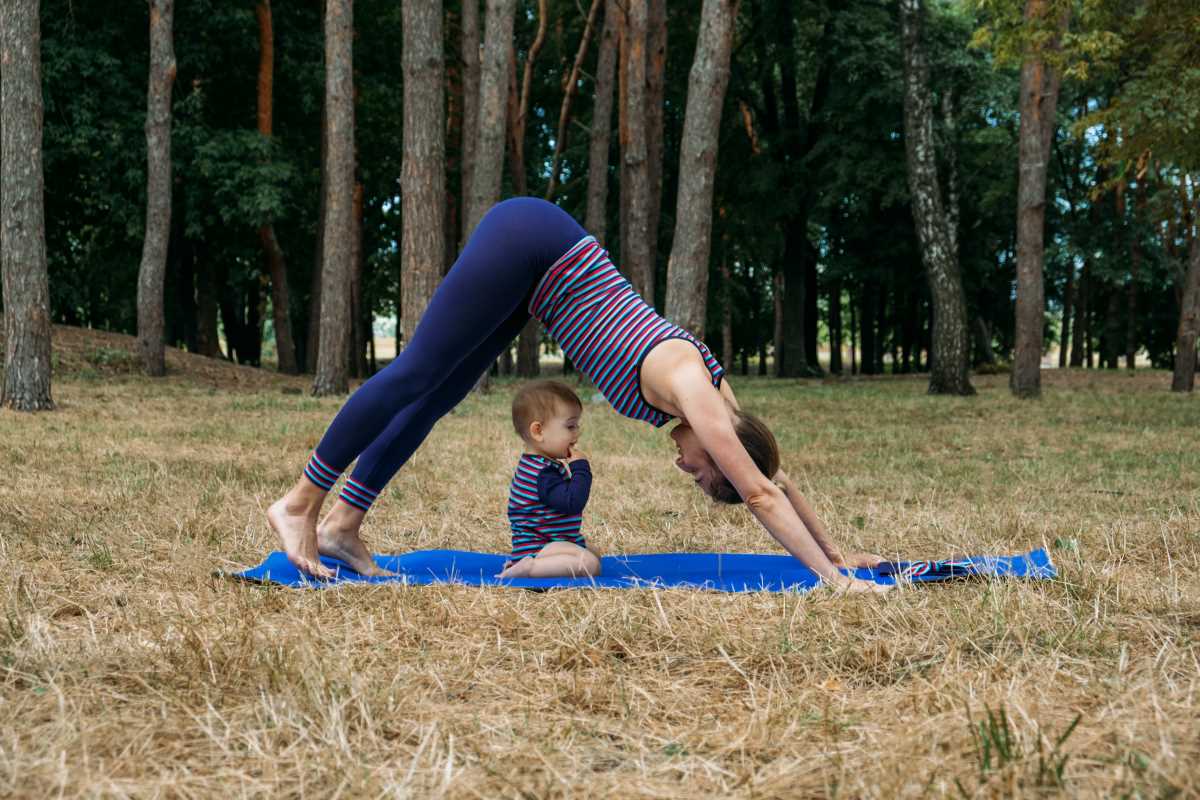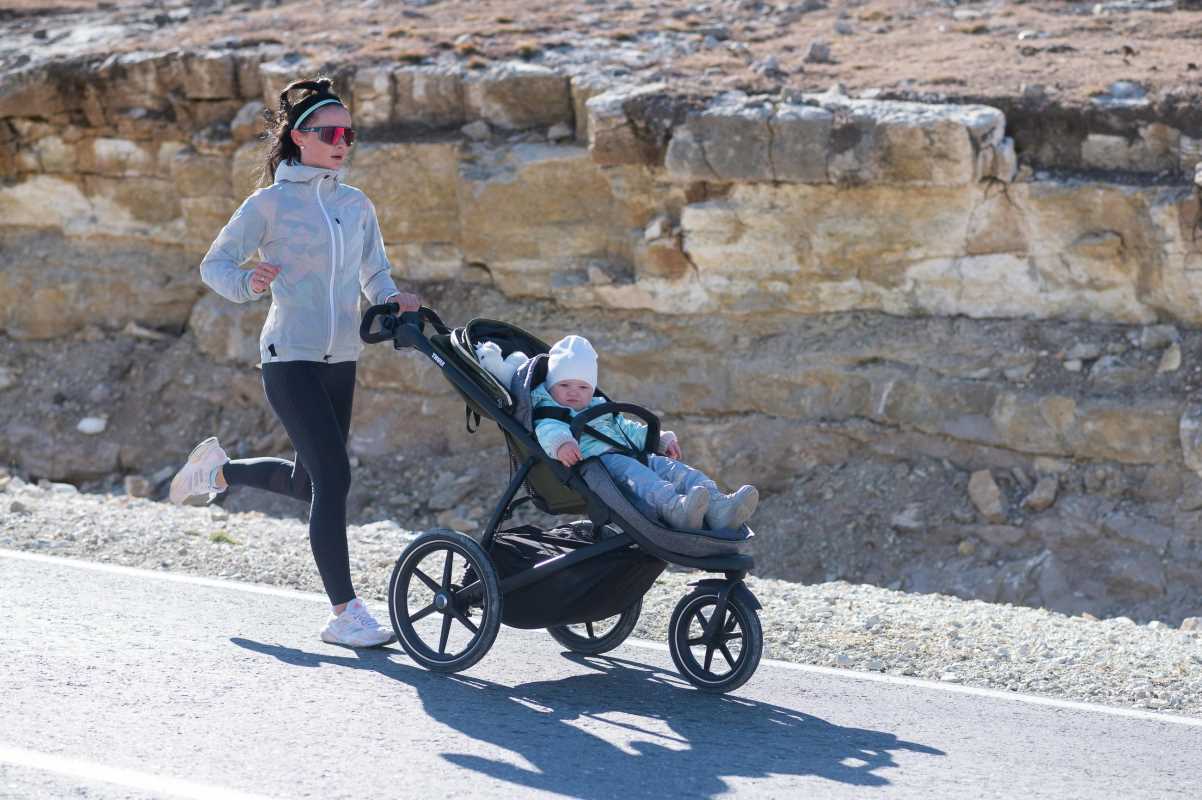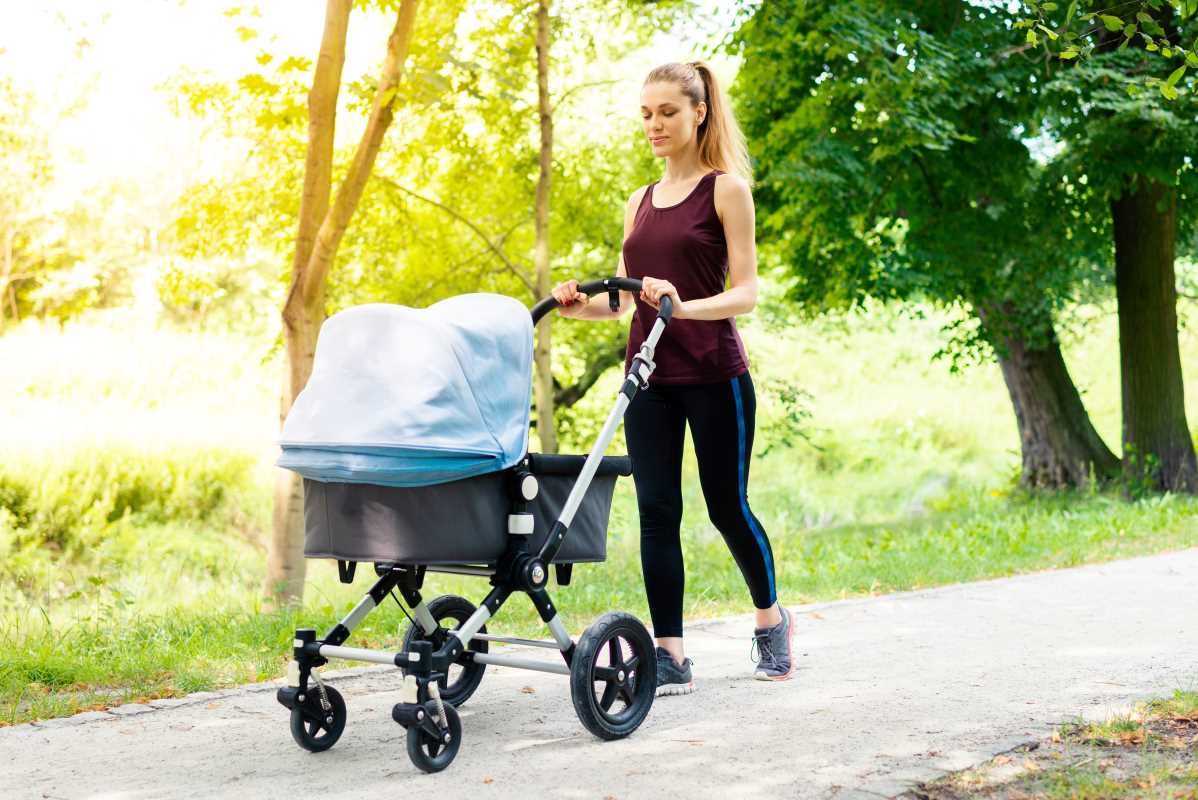Pregnancy is an incredible experience, but it also comes with significant changes to your body. Staying active during this time can help ease discomfort, boost your mood, and prepare your body for labor and delivery. While certain exercises may not be suitable during pregnancy, there are plenty of safe, beginner-friendly workouts designed to support your changing needs.
Whether you’re a fitness enthusiast or new to exercise, this guide will provide safe, effective workouts tailored to each stage of pregnancy. We’ll also cover tips for modifications, safety precautions, and staying consistent so you can reap the benefits of movement while growing your little one.
Benefits of Exercising During Pregnancy
Before jumping into the workouts, it’s essential to understand how physical activity can benefit you throughout your pregnancy.
- Eases Aches and Pains: Gentle movement can alleviate common pregnancy discomforts, such as back pain, swelling, and fatigue.
- Boosts Mood and Energy Levels: Exercise releases endorphins, those feel-good hormones that can help combat mood swings and improve overall energy.
- Prepares for Labor: Strengthening key muscle groups improves stamina and endurance, preparing your body for childbirth.
- Supports Healthy Weight Gain: Staying active helps manage weight gain and lowers the risk of gestational diabetes.
- Promotes Better Sleep: Exercise may improve sleep quality, a much-needed benefit during pregnancy.
Always check with your healthcare provider before starting a new workout regimen, especially if you have pregnancy complications or are new to exercise.
Safe and Effective Workouts for Each Trimester
First Trimester Workouts (Weeks 1-12)
During the first trimester, energy levels may vary, and symptoms like nausea or fatigue can make it challenging to work out. Focus on gentle, low-intensity exercises to keep your body moving.
Walking
Walking is a simple, low-impact workout that gets your heart pumping without overwhelming your body. It’s a great way to combat fatigue and enjoy some fresh air.
- How to Do It: Aim for 20–30 minutes at a brisk but comfortable pace.
- Benefits: Improves cardiovascular health and supports circulation.
- Modification: Shorten your walks or slow your pace if fatigue sets in.
Yoga for Beginners
Prenatal yoga is perfect during this trimester as it builds flexibility, reduces stress, and eases stiffness.
- How to Do It: Practice gentle poses like Cat-Cow (Marjaryasana-Bitilasana) to relieve lower back tension or Butterfly Pose for hip flexibility.
- Benefits: Reduces stress and prepares your body for upcoming changes.
- Modification: Avoid deep twists or poses that compress your abdomen.
Pelvic Floor Exercises (Kegels)
Strengthening your pelvic floor muscles early makes a big difference later in pregnancy and postpartum.
- How to Do It: While sitting or lying down, tighten the muscles you’d use to stop urination, hold for 3–5 seconds, then release. Repeat 10–15 times daily.
- Benefits: Helps prevent incontinence and supports labor.
Second Trimester Workouts (Weeks 13-27)
Energy often improves during the second trimester, making it a great time to focus on strength and prenatal-friendly cardio.
Swimming
Swimming is one of the safest and most effective exercises during pregnancy as it supports your weight and reduces joint stress.
- How to Do It: Swim laps at a moderate pace or try water aerobics.
- Benefits: Eases swelling, improves blood flow, and supports overall fitness.
- Modification: Skip scuba or water sports that increase impact.
Modified Squats
Squats strengthen your legs and pelvic muscles, preparing your body for labor.
- How to Do It: Stand with your feet shoulder-width apart, toes pointed slightly outward. Lower your body into a squat, keeping your weight in your heels and your back straight. Slowly return to standing.
- Benefits: Improves lower-body strength and balance.
- Modification: Use a sturdy chair or wall for balance.
Side-Lying Leg Lifts
Strengthen your hips and glutes without straining your core.
- How to Do It: Lie on your side with your legs straight. Lift your top leg slowly up and lower it down. Repeat 12–15 times on each side.
- Benefits: Builds stability in your hips and reduces pelvic discomfort.
- Modification: Place a pillow under your belly for added support.
Third Trimester Workouts (Weeks 28-40)
By the third trimester, it’s all about gentle movement and preparing for labor. Focus on exercises that reduce tension, maintain strength, and encourage relaxation.
Prenatal Pilates
Pilates strengthens your core, which supports your back and growing belly.
- How to Do It: Try seated exercises like seated leg lifts or stretches using a resistance band.
- Benefits: Boosts flexibility, posture, and core stability.
- Modification: Avoid lying flat on your back or over-engaging your abdominal muscles.
Child’s Pose Stretch
This yoga staple is fantastic for opening your hips and relieving lower back pressure.
- How to Do It: Kneel on the floor and sit back onto your heels. Extend your arms forward and rest your forehead on the mat. Hold for 30 seconds.
- Benefits: Relieves tension in the hips, back, and shoulders.
- Modification: Widen your knees to make space for your belly.
Ball Exercises
Using an exercise ball can make movements gentle and safe.
- How to Do It: Sit on a stability ball and perform pelvic tilts or light bouncing. You can also lean over the ball for support during stretches.
- Benefits: Improves posture, opens the pelvis, and relieves back tension.
General Safety Precautions for Pregnancy Workouts
No matter the trimester, there are a few universal safety tips to ensure every workout is safe and effective.
- Listen to Your Body: If you feel dizzy, overly tired, or uncomfortable, stop and rest.
- Stay Hydrated: Drink plenty of water before, during, and after exercise to stay hydrated.
- Avoid Overheating: Exercise in a well-ventilated space and wear breathable clothing.
- Skip Intense Impact Activities: Avoid high-risk activities like contact sports, excessive jumping, or heavy weightlifting.
- Focus on Posture: Maintain good posture during exercises to avoid straining your back or belly.
- Check with Your Doctor: Always get clearance before trying new exercises, especially if you have complications like placenta previa or preeclampsia.
 (Image via
(Image via





